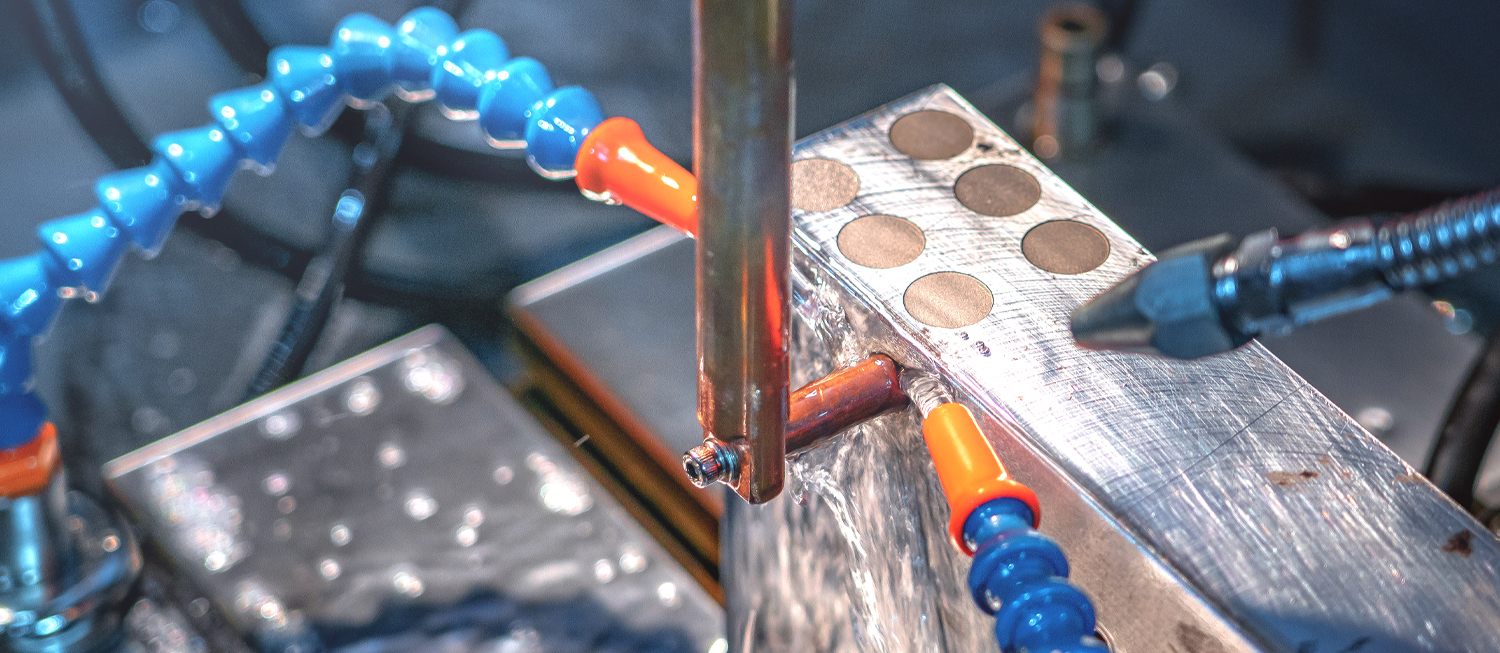
Spinning chips in a chip wringer is a common method for recovering cutting fluids for future reuse, but there are other metalworking byproducts that can also be processed for fluid reclamation. Sludge, filter cakes, and swarf are just a few examples.
Here are five of the most common ways to automate the separation of metalworking fluids from sludge, swarf, and filter cakes and process them to recover the maximum amount of fluid for reuse.
1. Candle filter.
These filters feature a long cylinder that houses tens of thousands of thin membrane wafers that capture grinding swarf down to 1 to 3 microns. The swarf is collected in an external receptacle. A basket collects the sludge. Oil suction and filtration then dries the sludge, making it easier to sell.
2. Magnetic separator.
This equipment is used in a pre-filtration process to limit contaminants from reaching subsequent industrial filtration equipment. It uses high-intensity ferrite or rare earth magnets to remove ferrous material, including sludge, from both water-soluble and neat oils.
3. Screw press.
In a horizontal-style screw press, grinding swarf and filter cake are passed through an auger and then compressed against an end plate. As the material is squeezed, the extracted fluid passes through a perforated screen where it is collected. Up to 85% of cutting fluids can be removed from material that is 40-50% wet. Additional filtration can be used to further extend the life of the recovered fluids.
4. Cyclone filters.
Cyclone filters remove up to 98% of contaminants including sludge via ascending and descending vortexes in a cylindrical feed and recover the filtered coolant for reuse. Filter media is not required.
5. Vacuum filtration systems.
Vacuum filters support fluid reclamation by eliminating high volumes of sludge that are produced in machining centers and grinding applications. Models featuring permanent or disposable media are available.
Although separating sludge from cutting fluids and recovering fluids from swarf and filter cake will improve fluid reclamation rates, additional filtration measures can extend fluid life even more. For example, tramp oil separators or centralized filtration systems recycle cutting fluids to reduce new fluid purchases by as much as 75%. Visit prab.com or contact us to learn more.